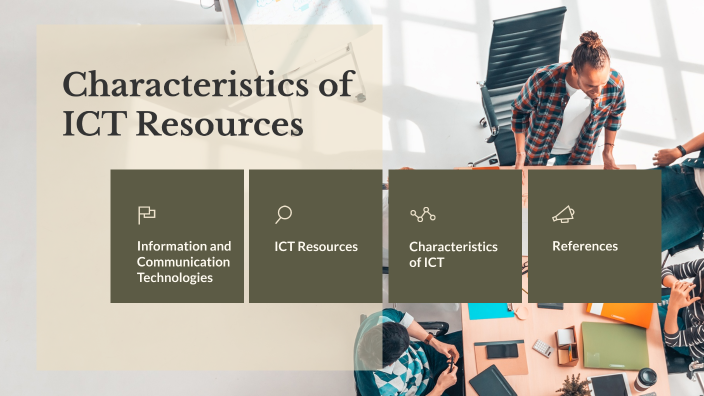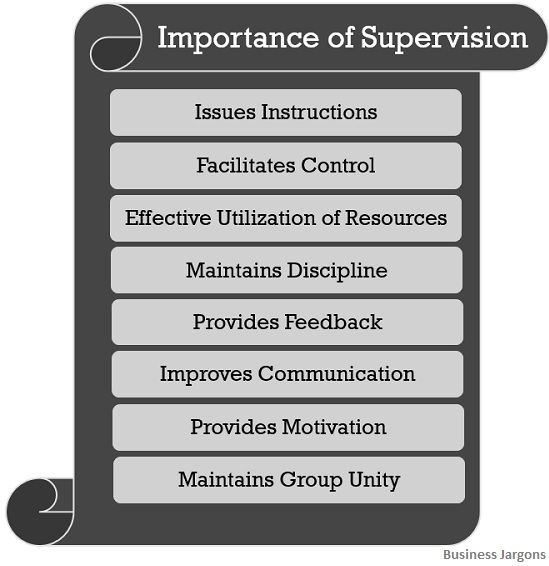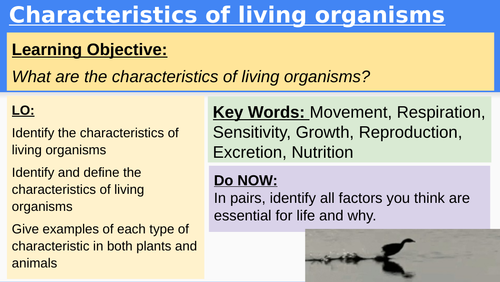Resources are materials, substances, or assets that can be used to produce goods and services. They are essential for the functioning of any society and can be classified into different types, including natural resources, human resources, and capital resources.
One characteristic of resources is that they are limited. This means that there is a finite amount of each type of resource available, and once it is used up, it cannot be replenished or regenerated. This can make the management of resources a critical issue, as societies must find ways to use them efficiently and sustainably in order to meet the needs of the present without compromising the ability of future generations to meet their own needs.
Another characteristic of resources is that they have economic value. This value is determined by the demand for the resource and the cost of producing or obtaining it. For example, a resource such as oil has a high economic value due to its wide range of uses and the energy it provides, while a resource such as sand may have a lower economic value due to its abundance and limited uses.
Resources can also be classified as renewable or nonrenewable. Renewable resources, such as timber, can be replenished over time through natural processes, while nonrenewable resources, such as fossil fuels, are finite and cannot be replaced once they are used up. The distinction between renewable and nonrenewable resources is important in terms of resource management, as it determines the potential for sustainable use and the need to find alternatives.
In addition to their physical characteristics, resources also have social and cultural dimensions. For example, certain resources may have cultural or spiritual significance to a particular community, or they may be associated with particular social or political issues. These aspects of resources can influence how they are used and valued, and can also create conflicts over access and control.
Overall, the characteristics of resources play a significant role in shaping the ways in which they are used and managed. Understanding these characteristics is essential for ensuring the sustainable and efficient use of resources, and for meeting the needs of present and future generations.









